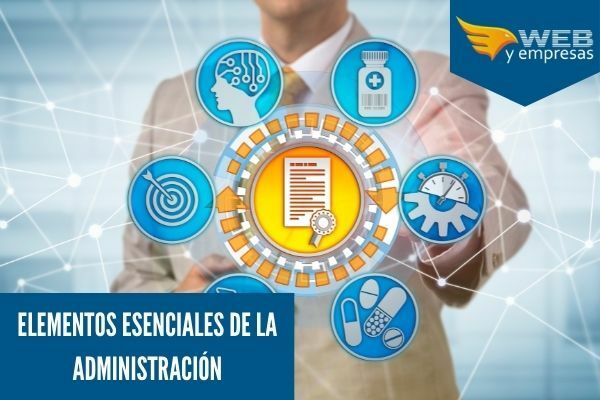Intellectual capital It is a fundamental resource that contributes to the successful creation of a business. It is a business intangible value driver that brings great future benefits to the business system.
Through this resource, companies can quickly adapt to any modification while remaining competitive within the market and that is why today the benefits of competition have increased thanks to this innovative resource.
Advertisements

In this article you will find:
What is business intellectual capital?
Intellectual capital is the value that is given to the knowledge that the employees of a company have, as well as their business training, skills and valuable information that provide competitive advantages to the organization.
Advertisements
It is the set of assets of a company that are not seen, since they are not fully reflected in the statements Traditional accounting, however, provide value and have sufficient potential to provide it in a future.
This capital is created thanks to the contribution and development of existing knowledge through technology and relationships with different social agents of the company environment, therefore, it can be said that it is a very useful resource for the organizations.
Advertisements
Characteristics of intellectual capital
The main characteristics of this important resource are classified as follows:
Work experience
Workers with more experience are of greater value to the company, since it could take a long time for an employee to be productive.
Advertisements
When an organization loses a worker to competition, it must invest in recruiting and training of new personnel, this indicates that experience is a form of capital that increases the income.
Qualifications and training
Employee efficiency is directly related to skills, qualifications and education and That is why companies, as well as investing in machinery that increases their production, also does so in training and education for the productivity of your employees.
Advertisements
This case is widely used in companies specializing in intangible products and technology services where creativity and innovation prevail and not the physical resource.
Personality traits and habits
For every employee, personality traits and habits have great value, since punctuality, discipline and compliance with agreements are positive aspects that differentiate employees from others who have the same skills, but who do not meet the traits and habits of personality.
Brand image fame
The image of the brand is what allows the company to be recognized by customers and that is why companies that make fashion products focus on the brand to attract more customers.
For this, it is necessary to have trained employees to help increase production that generate greater profits.
Communication and social skills
Regardless of the experience and knowledge employees have in business practice, it would be useless if they cannot communicate properly when working with other colleagues.
That is why these skills are essential to deal with customers, since a positive response from them to the brand will depend on this.
Classification of intellectual capital
In companies there are different types of intellectual capital, among them are the following:
Structural capital
This structure capital refers to the dimension that incorporates business skills and knowledge. It is based on the knowledge that the company identifies and systematizes in order to store and optimize the fluidity related to knowledge.
Human capital
It is made up of the knowledge, skills, new potentialities, competencies, experiences, talents and values that the employees who work in the organization have. This means that the knowledge of the workers is essential to be part of this company's resource.
Organizational capital
It is about the intellectual work and experience based on the operation, which helps to achieve the objectives of the company as a source of value. The processes are carried out within the infrastructure used in daily operations to achieve production, that is why the way in which the company uses them is very important.
Relational capital
It refers to the relationships that the company has with its environment, that is, the link it maintains with customers, competitors, shareholders and suppliers, together with the strategic alliances and the image of the brand.
Benefits of intellectual capital
It is a resource that provides numerous benefits to the company, among the most relevant we can mention the following:
- Recognition of human talent: If a company has employees who generate ideas that stand out for being creative that can help solve difficulties, the company will be able to take advantage of and enhance these skills through trainings.
- Continuous update: When an organization takes into account this type of capital and trains its employees frequently, their knowledge and way will be updated and will be put into practice within the company and thus improve the labor system of the herself.
- Process structure and company organization: When the company relies on its human capital, communication and regulations are optimized. This requires organization of work teams and structuring to achieve better product efficiency and maintain a positive rate of results.
- Technological innovation: The current existence of new technologies and the facilitation of contacts, has allowed companies to achieve attract more customers and enter new markets interested in the products without there being a contact direct.
Generally speaking, the Intellectual capital is the compilation of available informational resources that a company has, to be used with the in order to increase your profits, create new products, win new customers and improve the well-being of the business.
In this sense, the organizational processes and the experience of the employees could be included, since thanks to this contribution the company can achieve a successful final result.


